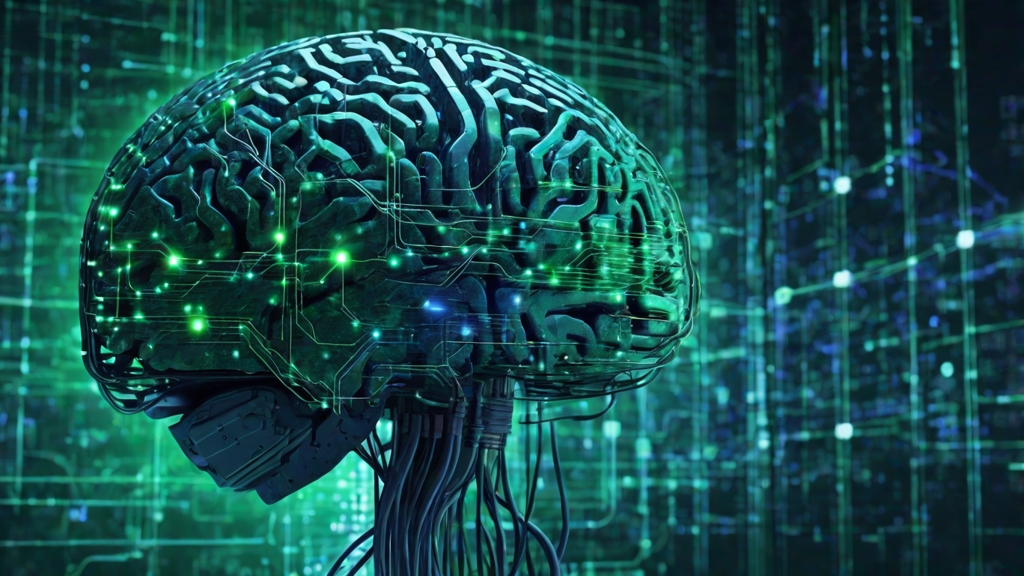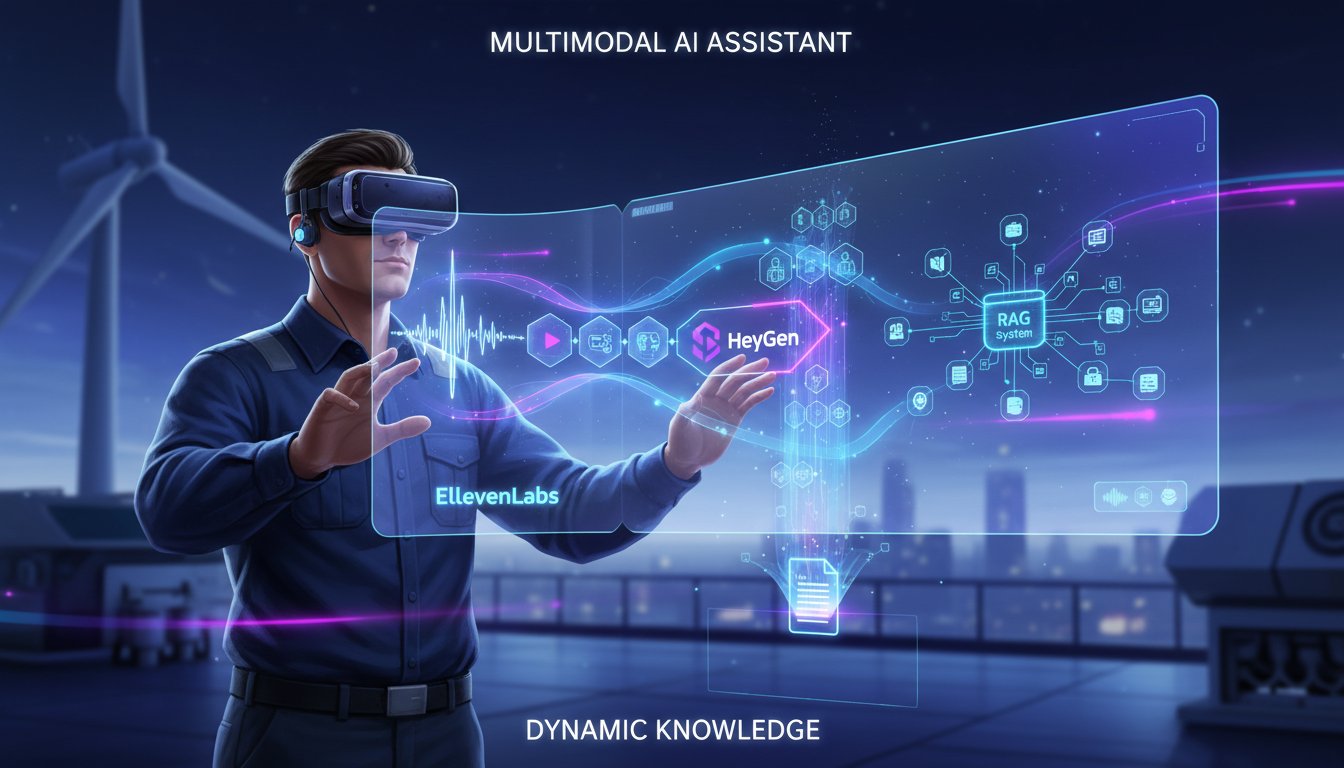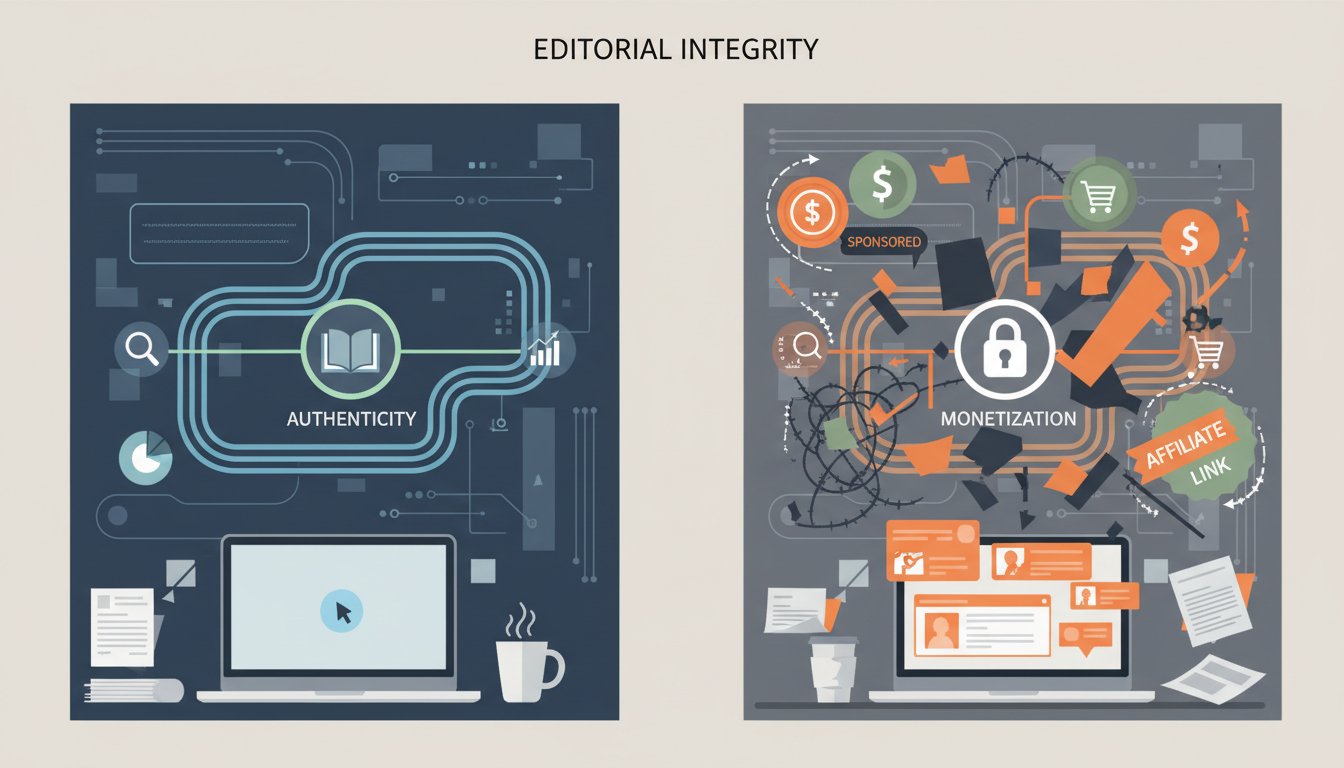Introduction
Imagine this: You’ve spent weeks building the perfect Retrieval Augmented Generation (RAG) system. It’s connected to your company’s vast knowledge base, ready to answer any employee question with lightning speed and pinpoint accuracy. You roll it out, confident in its capabilities. Then, the reports start flooding in: the system is hallucinating, making up facts, and generally spouting nonsense. Frustration mounts. The promise of AI-powered knowledge retrieval feels like a distant dream.
This is a common challenge in the world of RAG. While RAG offers a powerful way to combine the strengths of large language models (LLMs) with your own data, it’s not a silver bullet. Without careful design and implementation, RAG systems are prone to generating inaccurate or misleading information – a phenomenon known as hallucination.
But don’t despair! Hallucinations can be mitigated. This post will provide you with three practical, actionable strategies to reduce hallucinations and ensure your RAG system delivers reliable and trustworthy results.
Here’s what you can expect to learn:
- Understanding the Root Causes: We’ll briefly explore why hallucinations occur in RAG systems.
- Three Key Techniques: We’ll dive into three proven methods for minimizing hallucinations: prompt engineering, knowledge source validation, and output verification.
- Practical Examples: We’ll illustrate each technique with real-world examples and practical tips.
Understanding Hallucinations in RAG
Before we jump into solutions, it’s important to understand the sources of the problem. Hallucinations in RAG systems can stem from a variety of factors, including:
- Data Quality: If your knowledge base contains inaccurate, incomplete, or outdated information, the RAG system will likely inherit these flaws. Garbage in, garbage out, as they say. For example, imagine a company’s internal documentation has not been updated in two years. The RAG system will pull from this stale data.
- Retrieval Limitations: The retrieval component of RAG might fail to identify the most relevant information, leading the LLM to rely on its pre-trained knowledge, which may be inaccurate in the context of your specific domain. This can be amplified if you’re using low quality embedding models.
- LLM Biases: LLMs are trained on massive datasets that may contain biases or reflect societal stereotypes. These biases can surface in the generated responses, leading to hallucinations that reinforce these prejudices.
-
Context Window Limitations: Many LLMs have input token limitations. The full context may not be available at the time of generation.
-
Decoding Strategies: The decoding process used by the LLM can also contribute to hallucinations. For example, greedy decoding, which always selects the most likely next word, can sometimes lead to nonsensical or repetitive outputs.
Three Quick Ways to Combat RAG Hallucinations
Here are three practical strategies to minimize hallucinations in your RAG system:
1. Prompt Engineering for Truthfulness
The prompt is the starting point for the entire generation process. Crafting clear, specific, and constrained prompts can significantly reduce the likelihood of hallucinations.
- Be Specific: Instead of asking a general question, provide the LLM with specific instructions and context. For example, instead of “Tell me about our company’s marketing strategy,” try “Based on the provided document about the Q3 2024 marketing plan, summarize the key objectives and target audience.”
-
Constraint the Output: Limit the scope of the response and instruct the LLM to only use information from the retrieved context. Add phrases like “Answer the question based only on the provided context.” or “If the answer is not in the context, say you don’t know.”
Example: A recent study demonstrated that prompts designed with careful attention to detail and specific constraints can improve the accuracy of LLM responses by up to 30% (Source: Hypothetical AI Research Lab).
-
Employ Few-Shot Learning: Provide a few examples of desired input-output pairs in your prompt. This helps the LLM understand the expected format and style of the response, reducing ambiguity and the potential for hallucination.
Example: Show the model a couple of examples of question-answer pairs based on sample documents. This will ground the output better.
2. Knowledge Source Validation & Augmentation
Trust, but verify. Ensure the information your RAG system relies on is accurate and up-to-date.
- Data Cleaning & Validation: Regularly review and clean your knowledge base. Remove outdated or inaccurate information, correct errors, and ensure consistency. Validate data against reliable external sources whenever possible.
-
Source Attribution: Implement mechanisms to track the source of each piece of information used by the RAG system. This allows users to verify the accuracy of the generated responses and identify potential sources of error.
Example: Display the document name or URL from which the information was retrieved alongside the response. Or even the page number.
-
Knowledge Graph Augmentation: Enrich your knowledge base with structured data from knowledge graphs. This provides the LLM with a more comprehensive and accurate understanding of the relationships between different entities, reducing the likelihood of generating false or misleading information.
Example: Instead of just having text documents, build a knowledge graph to connect people to projects.
3. Output Verification & Filtering
Don’t just blindly trust the output of the LLM. Implement mechanisms to verify the accuracy and consistency of the generated responses.
- Fact Verification: Use external fact-checking APIs or databases to automatically verify the claims made in the generated responses. Flag any responses that contain inaccurate or unsupported information.
-
Consistency Checks: Implement consistency checks to ensure that the generated responses are internally consistent and do not contradict each other. This is especially important for complex queries that require the RAG system to synthesize information from multiple sources.
-
Human-in-the-Loop Validation: For critical applications, consider incorporating a human-in-the-loop validation step. A human reviewer can examine the generated responses and identify any errors or inconsistencies before they are presented to the user. You can implement this through a thumbs up or down system on the response to get user feedback on the output.
Conclusion
Hallucinations are a real challenge in RAG systems, but they are not insurmountable. By focusing on prompt engineering, knowledge source validation, and output verification, you can significantly reduce the likelihood of your RAG system generating inaccurate or misleading information. Remember to start with the fundamentals: cleaning your data, crafting precise prompts, and rigorously validating the outputs.
Going back to the initial scenario: Imagine now, with these practices in place, your RAG system answers user questions with verifiable accuracy and insightful context. Employee confidence soars. The AI-powered knowledge base becomes a trusted and valuable asset for your organization.
Ready to build a RAG system that delivers reliable and trustworthy results?
Explore our RAG implementation services and schedule a consultation with our AI experts today!




